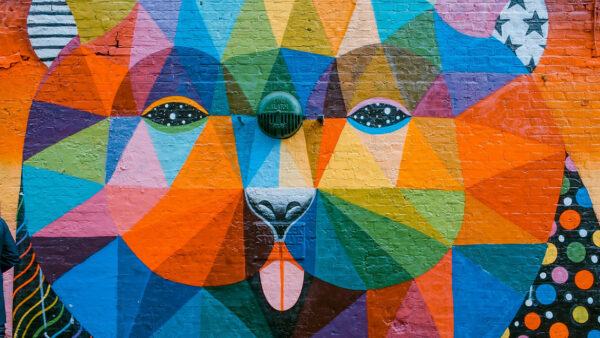
Feeling blue? You might want to be, as blue is largely considered to be the “safest” color world-wide. Consistently named the most popular color in the world, blue dominates global logos from IBM to Barclays, Nokia, and the European Union. A survey of top web brands by ColourLovers shows that the trend continues online, with more of the top 100 companies falling in ranges of blue than any other color (with red coming in a clear but strong second), according to ColourLovers.
With more and more companies expanding their markets, color is definitely another factor to translate when moving between cultures. Color choices alone can greatly influence brand identity and acceptance, quickly turning customers on or off depending on their associations. Just think of how strongly linked Coke is to its signature red or Starbucks to its green. Marketing research shows that over 80% of visual information is linked to color — so let’s look and see what some colors mean world-wide.
Red: Where to begin? Red is linked to passion and danger in western countries, death and mourning in Côte d’Ivoire and South Africa, brides and luck in China, and Communism in Russia. According to our sources, it definitely attracts attention, no matter where you may be.
Orange: In India, saffron is a sacred color, while in Egypt it’s associated with mourning. In Europe, the French telecom company Orange had the successful slogan “The Future’s Bright — The Future’s Orange” in the 1990s, but had to change it when expanding into Northern Ireland. Why? Because the strong association with the Orange Order, a Protestant Loyalist group, would have angered the Catholic population. The company would profit by orange’s popular association with royalty in the Netherlands, however.
Yellow: Yellow stands for strength in Saudi Arabia, but mourning in Egypt, Ethiopia, and Mexico. Germans see yellow and think of envy. In Thailand, yellow is the color of royalty and linked with the King’s birthday on December 5th.
Green: It might be lucky in Ireland or America, but in China “wearing a green hat” sounds like the word for “cuckold.” So be careful what you wear that’s green if traveling there. In Japan, however, green is associated with life, while in Indonesia it’s forbidden. North Africa associates green with corruption, the United States with money.
Blue: Soothing and clean, banks use blue in western countries to invoke trust. In eastern countries blue connotes immortality, though in Korea and some other southeast Asian countries light blue is the color of mourning. Reportedly, Pepsi lost significant market share in the 1950s when it changed its vending machines from royal blue to light blue because of this link with death.
Purple: Seemingly purple is split between associations with royalty or luxury (western countries and Japan) and mourning or death (Brazil, India, and Thailand). Few top web brands use it, though Yahoo, Craigslist, and Monster stand out.
Even black and white aren’t simple. Black is New Zealand’s national color, but associated with impurity in Ethiopia, evil in Tibet and the Middle East, and young boys in China. White symbolizes mourning in most eastern countries but in New Guinea it’s linked with prosperity.
So no matter the color, think about how its connotations will translate as you cross cultures. Need some help with this kind of cultural translation? Contact us today to find out more about translating more than just words.
Photo attribution: Viktor Hertz
Insights for global growth






Power your strategic growth
Go beyond tactical localization with tailored, strategic solutions that resonate locally and drive growth globally.
Get started